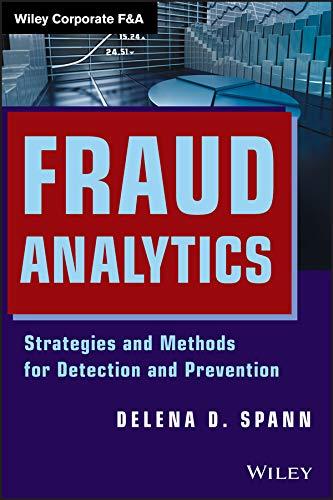3. (40 pts +5 pts Bonus) A plastic sheet is made by extruding heated plastic through a die and then allowing the sheet to cool in air prior to being wound on a roller as shown in the schematic diagram below. Note that the sheet has a rectangular crosssection. The roller rotates in such a way that the velocity of the sheet in the z-direction is constant and equal to v0. The thickness of the sheet is 2H, which is far smaller than the length (L) and width (W) of the sheet. The sheet leaves the heated die at a temperature of Tw and the air temperature is Tt.. The temperature of the sheet reaches the air temperature at the roller. You may assume that the temperature of the sheet is only a function of x, the distance from the heated die. Assume that the density (), heat capacity (Cp), and the thermal conductivity (k) of the plastic sheet are constant. and the heat transfer coefficient between the sheet and the air (h) is also constant. Further assuming that this process has reached steady state, do the following: (a) (20 pts) List all appropriate assumptions and reduce the equation of energy to obtain differential equation describing the temperature of the sheet, T as a function of x and solve the general solution for temperature profile. (b) (12 pts) Simplify the differential equation in (a) for the case when v0=0 and solve the differential equation with the appropriate boundary conditions to obtain the temperature distribution along the sheet. (c) (8 pts) If the thickness 2H of the sheet in (b) is not much smaller than the length, which means that there is a temperature gradient in the thickness direction as well. Apply differential equation of change approach to derive the governing differentiation equation. (d) (5pts) Write down the appropriate boundary conditions that are necessary to solve the differential equation in (c). 3. (40 pts +5 pts Bonus) A plastic sheet is made by extruding heated plastic through a die and then allowing the sheet to cool in air prior to being wound on a roller as shown in the schematic diagram below. Note that the sheet has a rectangular crosssection. The roller rotates in such a way that the velocity of the sheet in the z-direction is constant and equal to v0. The thickness of the sheet is 2H, which is far smaller than the length (L) and width (W) of the sheet. The sheet leaves the heated die at a temperature of Tw and the air temperature is Tt.. The temperature of the sheet reaches the air temperature at the roller. You may assume that the temperature of the sheet is only a function of x, the distance from the heated die. Assume that the density (), heat capacity (Cp), and the thermal conductivity (k) of the plastic sheet are constant. and the heat transfer coefficient between the sheet and the air (h) is also constant. Further assuming that this process has reached steady state, do the following: (a) (20 pts) List all appropriate assumptions and reduce the equation of energy to obtain differential equation describing the temperature of the sheet, T as a function of x and solve the general solution for temperature profile. (b) (12 pts) Simplify the differential equation in (a) for the case when v0=0 and solve the differential equation with the appropriate boundary conditions to obtain the temperature distribution along the sheet. (c) (8 pts) If the thickness 2H of the sheet in (b) is not much smaller than the length, which means that there is a temperature gradient in the thickness direction as well. Apply differential equation of change approach to derive the governing differentiation equation. (d) (5pts) Write down the appropriate boundary conditions that are necessary to solve the differential equation in (c)







